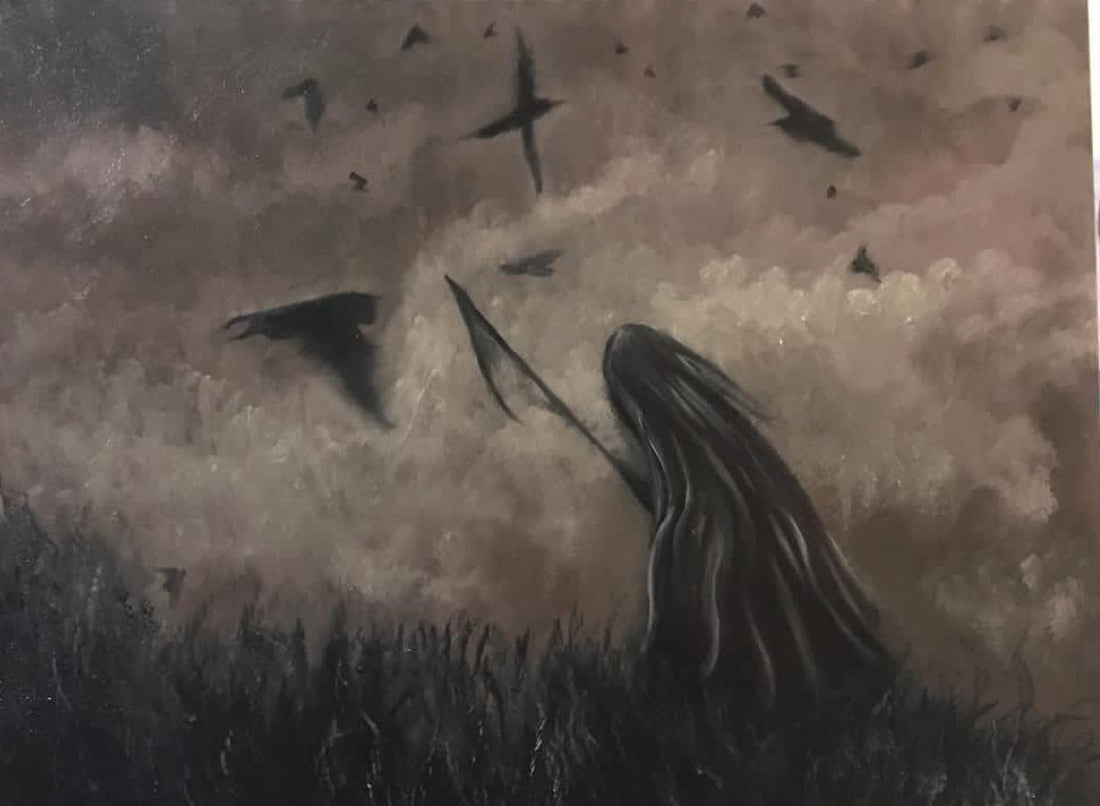
The Origins of Samhain: A Gateway Between Worlds
Samhain, often pronounced "sow-in," marks the end of the harvest season and the beginning of winter in ancient Celtic tradition. Celebrated on the night of October 31st to November 1st, it is a time when the veil between the world of the living and the spirit realm is said to be at its thinnest, allowing souls, spirits, and other mystical beings to cross over. For the Celts, this was both a time of reverence and magic, a sacred gateway to honor the cycles of life, death, and rebirth.
Samhain was not only about death, however. It was a celebration of transformation—acknowledging the darkness of winter as a necessary part of the eternal cycle of nature. Fires were lit to ward off spirits and guide ancestors home, while the living offered food and drink as part of their rituals to honor the dead. This connection to the otherworld fostered a deep respect for the mysteries of life, the seasons, and the forces unseen.
In today’s world, many still honor Samhain as a night of introspection and spiritual connection, embracing its ancient wisdom in modern practices. As we light candles and reflect on those who came before, Samhain invites us to look inward, to seek the magic within ourselves, and to acknowledge the beautiful and inevitable transitions in life. It is a celebration of both what has passed and what is to come, a reminder that even in darkness, there is always the promise of light.
